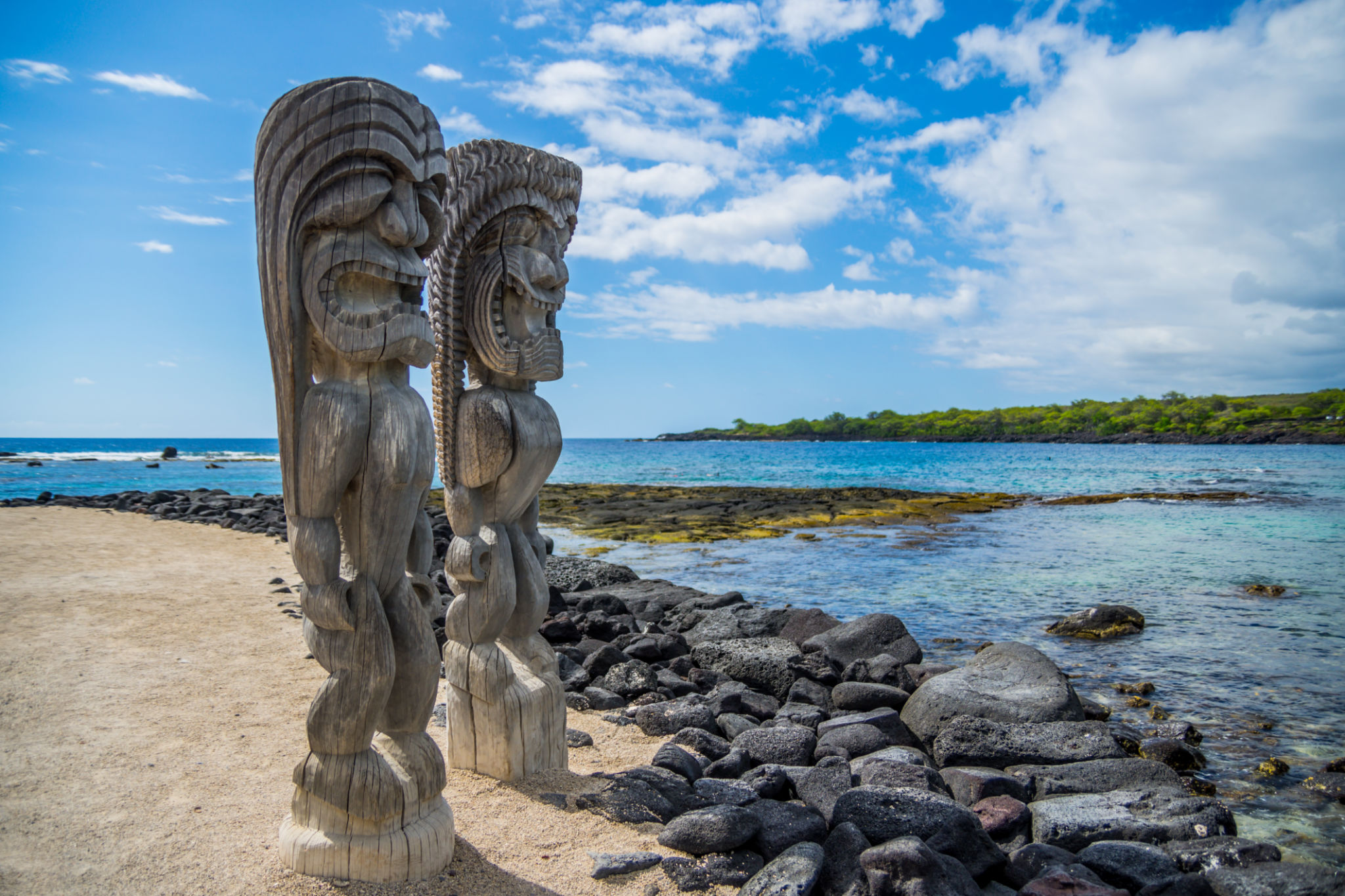Exploring Geo-Specific Laws: Hawaiian Kingdom vs State of Hawaii
Understanding the Historical Context
The Hawaiian Kingdom was established in 1810, marking the unification of the Hawaiian Islands under a single monarchy. For nearly a century, it maintained its sovereignty and engaged in international diplomacy. However, in 1893, the Kingdom was overthrown, leading to the annexation of Hawaii by the United States in 1898.
Today, the State of Hawaii operates as one of the 50 states of the United States. This transition from an independent kingdom to a U.S. state has resulted in a unique legal landscape that includes both remnants of ancient Hawaiian laws and contemporary American legal frameworks.

The Legal Framework of the Hawaiian Kingdom
The legal system of the Hawaiian Kingdom was a blend of traditional Hawaiian customs and Western legal practices introduced by missionaries and European advisors. The Kingdom’s constitution of 1840 was one of the first written constitutions in the Pacific, establishing a constitutional monarchy and a bicameral legislature.
Hawaiian Kingdom laws were often based on customary practices, known as Kānāwai. These laws governed social behavior, resource management, and land distribution, reflecting the deeply rooted values and traditions of Hawaiian society.
Key Features of Kingdom Laws
- Kuleana Rights: Recognized specific land rights for native tenants.
- Ahupuaʻa System: Managed resources within designated land divisions.
- Mālama ʻĀina: Emphasized stewardship and care for the land.

The Transition to Statehood
After the overthrow of the monarchy, Hawaii underwent significant political changes. The Organic Act of 1900 established Hawaii as a U.S. territory, introducing American legal systems while preserving some local customs. This duality created a complex legal environment where traditional practices coexisted with U.S. laws.
In 1959, Hawaii became the 50th state of the United States, solidifying its status under American jurisdiction. This transition brought about sweeping legal reforms and a reorganization of governmental structures to align with federal standards.
State of Hawaii Legal Characteristics
- Governed by the U.S. Constitution while retaining some unique state laws.
- Emphasis on environmental protection and native rights.
- Integration of traditional practices into modern legal frameworks.

Contemporary Legal Challenges
Today, Hawaii faces ongoing debates over sovereignty and the legal status of native Hawaiians. Some groups advocate for the restoration of the Hawaiian Kingdom or increased autonomy within the U.S. framework. These discussions often focus on land rights, cultural preservation, and self-determination.
The State of Hawaii works to balance these historical grievances with modern governance needs, making it a unique case study in managing geo-specific laws. Understanding this dynamic is crucial for policymakers, legal professionals, and anyone interested in Hawaiian history and culture.
Balancing Tradition and Modernity
Efforts to integrate traditional Hawaiian practices into state law continue to shape Hawaii’s legal landscape. Initiatives aimed at preserving native language, customs, and environmental stewardship highlight the state's commitment to honoring its rich heritage while adapting to contemporary legal standards.

In conclusion, exploring the geo-specific laws of the Hawaiian Kingdom versus the State of Hawaii offers valuable insights into how historical events shape modern governance. The interplay between ancient customs and modern legal systems creates a distinct tapestry that is both challenging and enriching for those engaged in legal studies and cultural preservation.